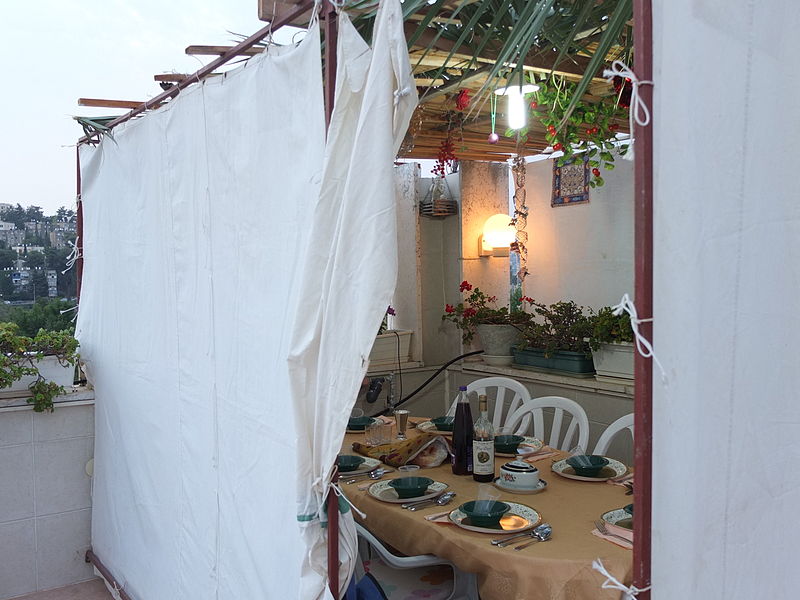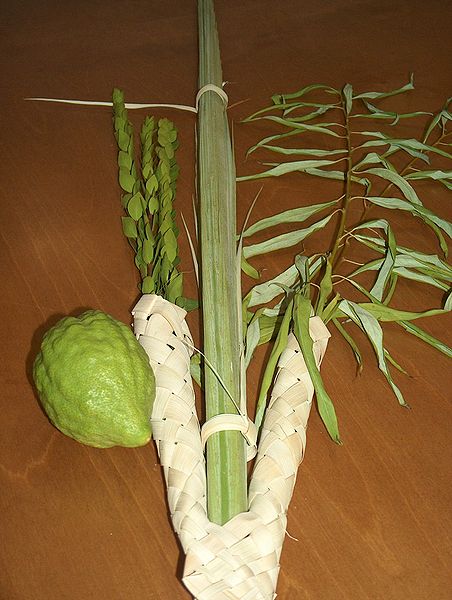
[fblike style=”standard” showfaces=”false” width=”450″ verb=”like” font=”arial”]
You’d think after forty years of wandering and two thousand subsequent years of diaspora, the Jewish People would be used to spatial transitions. I mean, we seem to pass everything else L’dor v’dor, from generation to generation, so why not the nomadic nature? Don’t we even take a full eight days to remind ourselves of it every year when we build boxes with branch-roofs in our yards and dwell in them? If easily adjusting to new places is a cultural norm, however, it seems to have skipped a generation in me. As it happened, this year, I ate a mere two meals in my family’s sukkah in Pittsburgh before being whisked away to Chicago to start my first quarter as a university student. To say that I felt like a stranger in a strange land there would be an understatement.
It’s not that I wasn’t excited about coming to college; I absolutely was. It’s just that when the roof upon which I’d been standing for the past eighteen years, which I thought was made of tiles, was revealed to be made of branches, I realized just how fragile it had been. With a new environment heaped upon it, it snapped. No longer did I find the identity that I had forged for myself necessarily applied. The things I thought defined me—like my love of Shakespeare and poetry—no longer distinguished me. There were definitely opportunities for me to expand these interests if I wanted, but I found that maybe I’m not interested in doing so. If these things that I thought made me who I was in high school aren’t mine, if they can be changed, then, I asked myself, who am I?
Here’s the thing about sukkahs, though: underneath the branch roofs, there’s solid furniture upon which to dwell. Couches. Tables. Beds. These pieces don’t break when I fall on them, even though the impact might give me a few bruises. There are things, too, beneath my previously recognized identity that were and are still fundamental to who I am. Because I spent the past eighteen years so fixated on a temporary identity, I didn’t notice how foundational and important these beliefs were.

One of these was my belief in the importance of community—in whatever facets it might be found, including Jewish community. At home, I didn’t necessarily relate to my Judaism on a liturgical level—shul was something reserved for bar mitzvahs or the High Holidays. When I went to a Kabbalat Shabbat service in Berlin this summer, however, and recognized the same prayers and the same tunes, the power of continuity—the joy of truly belonging to something so much larger than myself—washed over me. Similarly, when I was feeling homesick after arriving on my new campus home, the egalitarian minyan’s Kabbalat Shabbat service was one of the places through which I connected to a deeper part of my identity. It brought me comfort and joy. Maybe more importantly, it served as a model for what a community can be: embracing and continuous. I hope I can try to build and contribute to the communities, religious or secular, in which I find myself over the next four years and beyond.
In the sukkah, atop the couch or the table or the chair, sit the luav and etrog, symbols of eternity in the symbol of temporariness. While the primary commandment of Sukkot might be to dwell in the sukkah, I get the most meaning from sitting in it while holding the lulav and etrog. For me, this makes Sukkot less a celebration of temporariness and more a joyous recognition of the permanence hidden within impermanence. Sometimes it takes a complete shift of all that is temporary for us to realize what we eternally carry with us, the luluvs and etrogs of who we really are. While I haven’t yet identified all the facets of my lulav and my etrog, I carry them with me. Hopefully, one day soon, I’ll understand them.
Dani Plung is a student at the University of Chicago.
[fbshare type=”button”]
